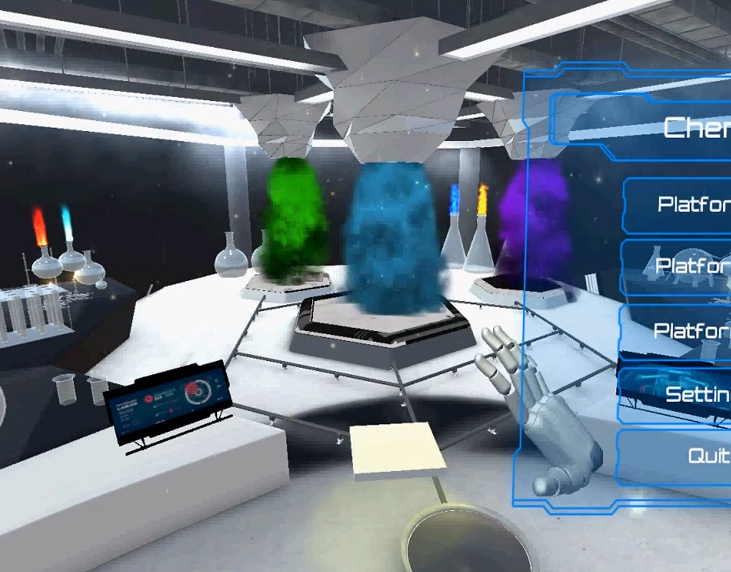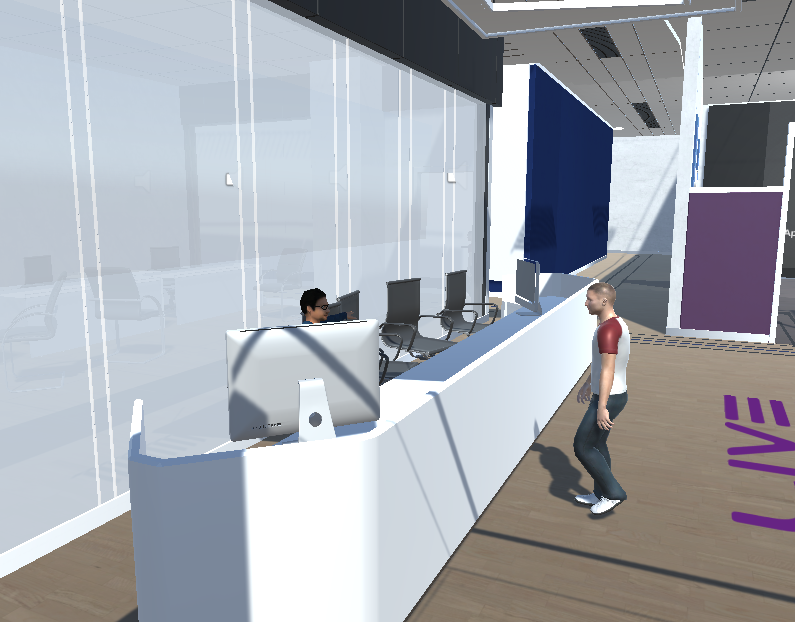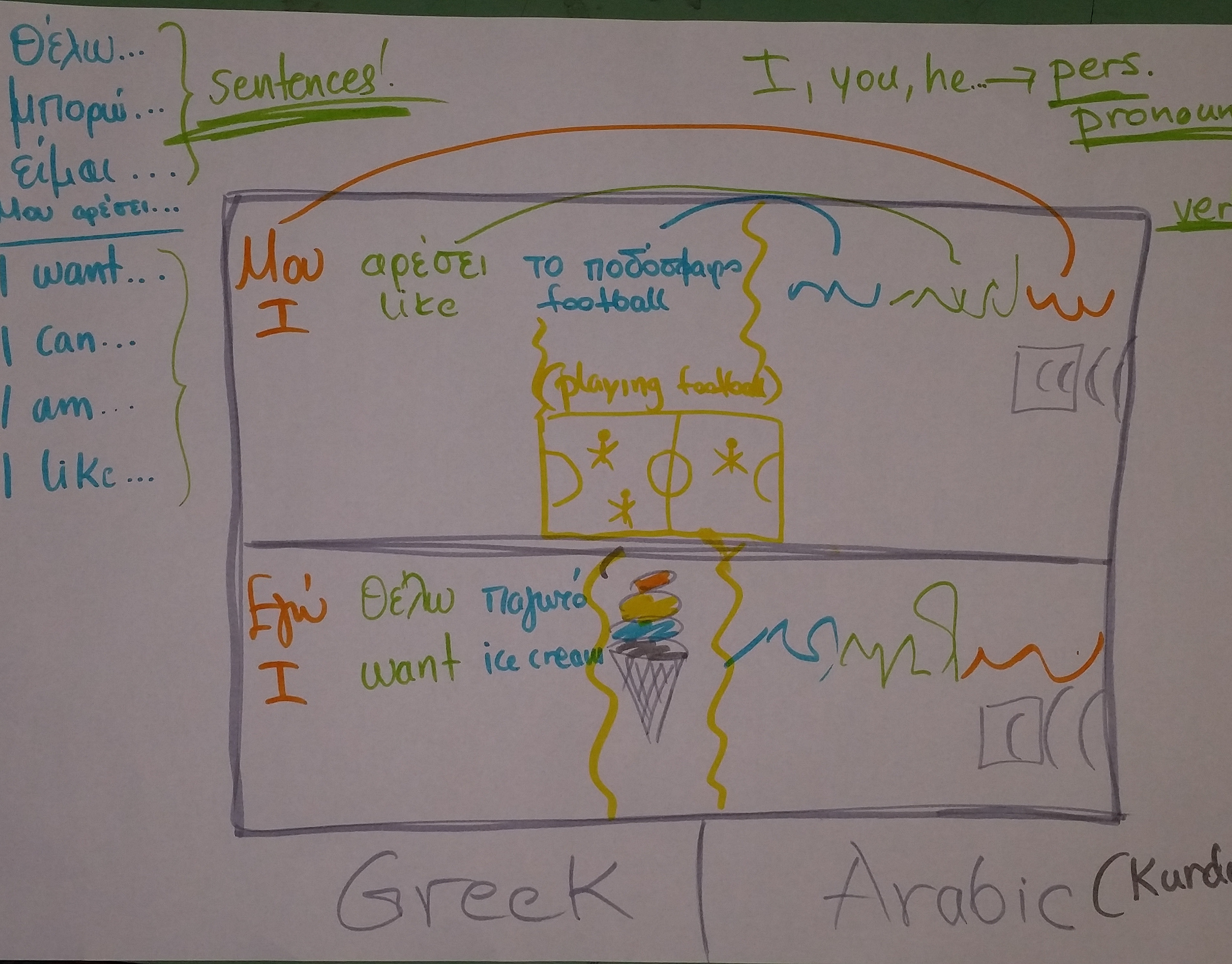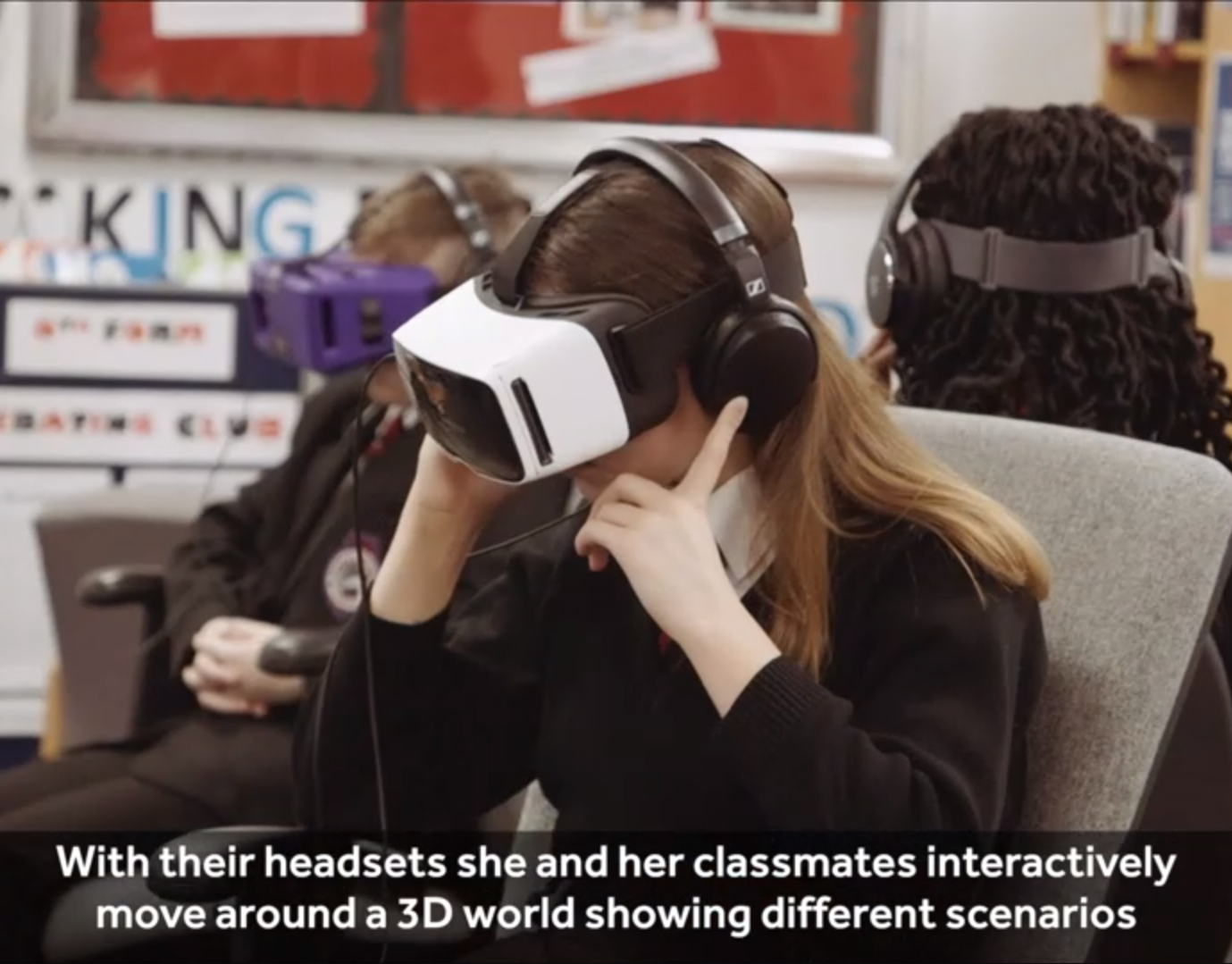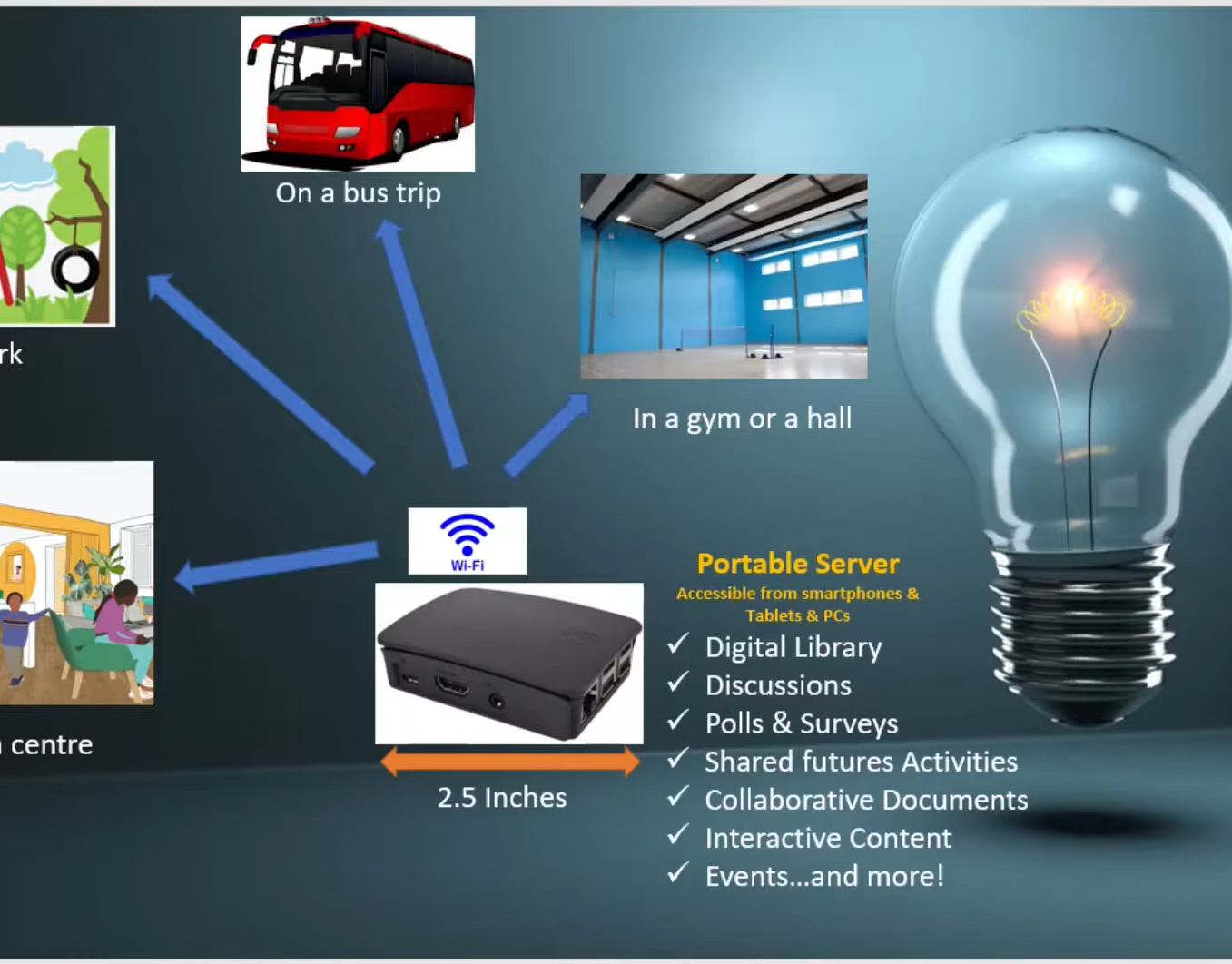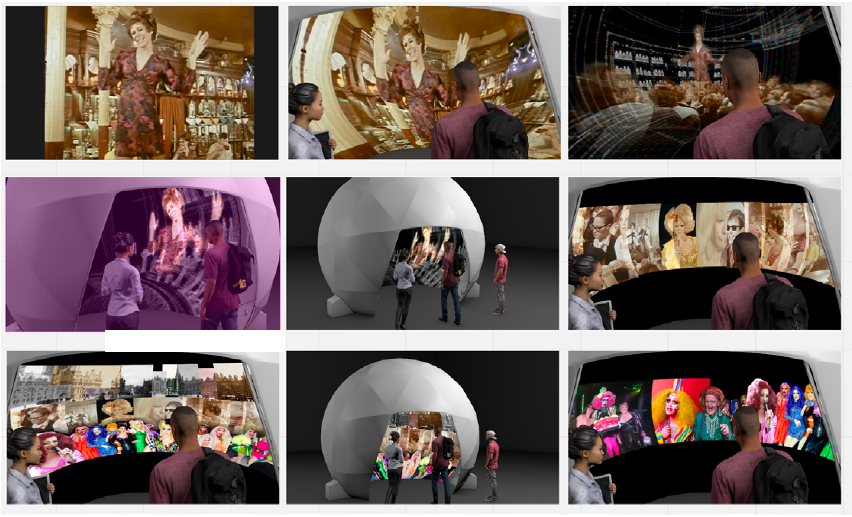
Phisycal Art Installations at local libraries and agreed host locations
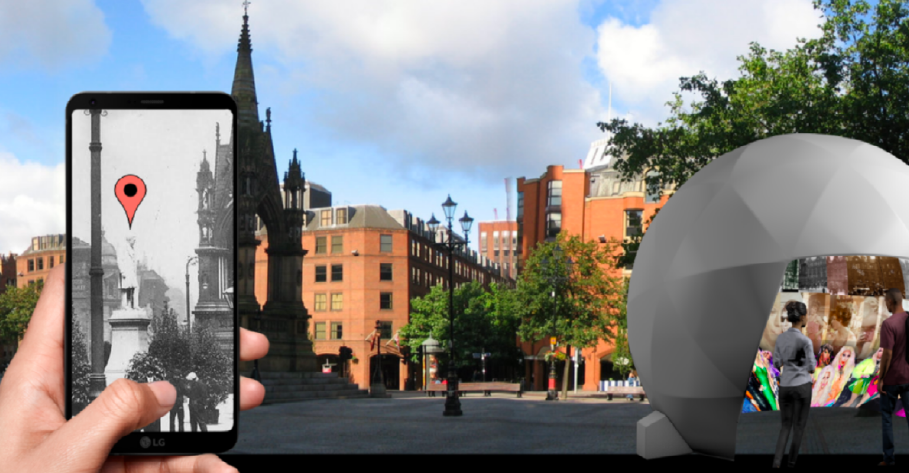
AR walking tours showcasing stories that represent and empower the people
Unboxed: Creativity in the UK Festival - Delivering People-Centered VR/AR Experiences
Project Summary
Project Overview
"Unboxed: Creativity in the UK" was a nationwide storytelling festival that spanned 18 UK cities, connecting diverse communities through immersive digital experiences and authentic local histories. As the lead UX Researcher and Inclusion Strategist, I coordinated extensive qualitative research, managed complex stakeholder relationships, and ensured representation of diverse voices. My work directly shaped how stories were created, experienced, and shared—bringing previously marginalised histories into public prominence and supporting community cohesion through technology and storytelling.
Timeline & Process
▪ Initial Scoping & Quantitative Analysis (2 weeks months):
Conducted demographic profiling and quantitative analysis across 18 locations, identifying key audiences and informing targeted qualitative research efforts.
Conducted demographic profiling and quantitative analysis across 18 locations, identifying key audiences and informing targeted qualitative research efforts.
▪ Qualitative Research & Community Engagement (5 weeks):
Led interviews, online ethnography, and 22 participatory focus groups to explore local histories, community aspirations, and attitudes towards immersive storytelling. Data systematically analysed and integrated into a comprehensive database accessible by creative teams.
Led interviews, online ethnography, and 22 participatory focus groups to explore local histories, community aspirations, and attitudes towards immersive storytelling. Data systematically analysed and integrated into a comprehensive database accessible by creative teams.
▪ Iterative Design & Usability Testing (3 weeks):
Collaborated with creatives and technical partners to design immersive digital prototypes. Conducted usability tests in 4 cities, revealing critical improvements needed in accessibility, content presentation, and technical compatibility.
Collaborated with creatives and technical partners to design immersive digital prototypes. Conducted usability tests in 4 cities, revealing critical improvements needed in accessibility, content presentation, and technical compatibility.
▪ Delivery & Inclusive Strategy Implementation (2 weeks):
Developed and executed a robust inclusion strategy, addressing community representation, equitable creative access, and accessibility compliance aligned with UK diversity policies.
Developed and executed a robust inclusion strategy, addressing community representation, equitable creative access, and accessibility compliance aligned with UK diversity policies.
Key Contributions
▪ Led comprehensive UX research, managing complexity across 18 geographically dispersed cities, coordinating multiple teams including designers, producers, archivists, and community groups.
▪ Created and managed an extensive database with precise thematic tagging, empowering local creatives to authentically represent their communities.
▪ Developed and implemented an inclusion and accessibility framework, directly informing recruitment, content development, and public event strategies.
▪ Facilitated regular stakeholder communication, translating complex research findings into clear, actionable insights—enabling effective decision-making across technical and creative teams.
Outcomes & Impact
▪ Successfully engaged diverse community members across 18 UK cities, ensuring representation in nationally significant storytelling experiences.
▪ Research outcomes directly informed the design of accessible immersive technologies, significantly enhancing user engagement and emotional connection—demonstrated through strong positive feedback in usability tests.
▪ Enabled the onboarding of 50 diverse new creatives, providing them with actionable insights and inclusive frameworks to produce authentic, community-rooted storytelling experiences.
▪ Created sustainable workflows and strategies for inclusive production, adopted by major partners including the BBC, BFI, and local councils, ensuring ongoing legacy and impact.
More Details on methods, outcomes, and challenges
Research Goals
➤ Identify underrepresented demographics and relevant local stories across UK cities.
➤ Align community narratives with festival themes (e.g. Race & Class, LGBTQ+, Environment).
➤ Explore perceptions and usability of immersive technologies (AR/VR).
➤ Co-design feasible production processes with stakeholders and creatives.
➤ Support and train local creatives to sustain storytelling beyond the project.
➤ Align community narratives with festival themes (e.g. Race & Class, LGBTQ+, Environment).
➤ Explore perceptions and usability of immersive technologies (AR/VR).
➤ Co-design feasible production processes with stakeholders and creatives.
➤ Support and train local creatives to sustain storytelling beyond the project.
Team Alignment & Remote Collaboration
◉ Coordinated creative, technical, and production teams across locations by establishing a culture of trust, flexibility, and shared momentum.
◉ Introduced weekly alignment calls and rapid design cycles for quick feedback.
◉ Set up “pulse documents” for asynchronous updates on progress and challenges.
◉ Created virtual “watercoolers” to maintain morale and personal connection.
◉ Encouraged flexible, autonomous communication tailored to each team’s style.
◉ Celebrated milestones and personal events to boost psychological safety and cohesion.
◉ Introduced weekly alignment calls and rapid design cycles for quick feedback.
◉ Set up “pulse documents” for asynchronous updates on progress and challenges.
◉ Created virtual “watercoolers” to maintain morale and personal connection.
◉ Encouraged flexible, autonomous communication tailored to each team’s style.
◉ Celebrated milestones and personal events to boost psychological safety and cohesion.
Quantitative Data Analysis
✪ Conducted demographic and behavioural analysis across 10 UK cities to inform inclusive research and design.
✪ Developed detailed city profiles that guided recruitment criteria and ensured community representation in storytelling.
✪ Created accessible visual summaries to align cross-functional teams — from production to creative — on who to reach, why, and how.
✪ Developed detailed city profiles that guided recruitment criteria and ensured community representation in storytelling.
✪ Created accessible visual summaries to align cross-functional teams — from production to creative — on who to reach, why, and how.
Analyses included: ◙ Demographic Profiling ◙ Cultural and Behavioral Segmentation ◙ Comparative Analysis
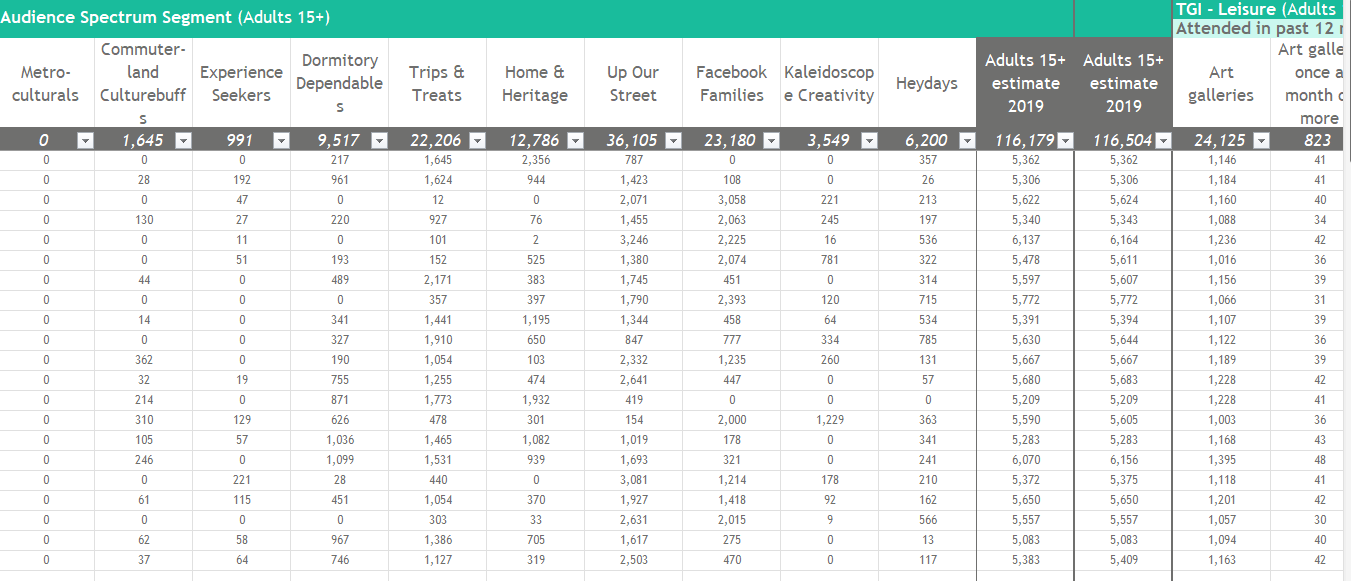
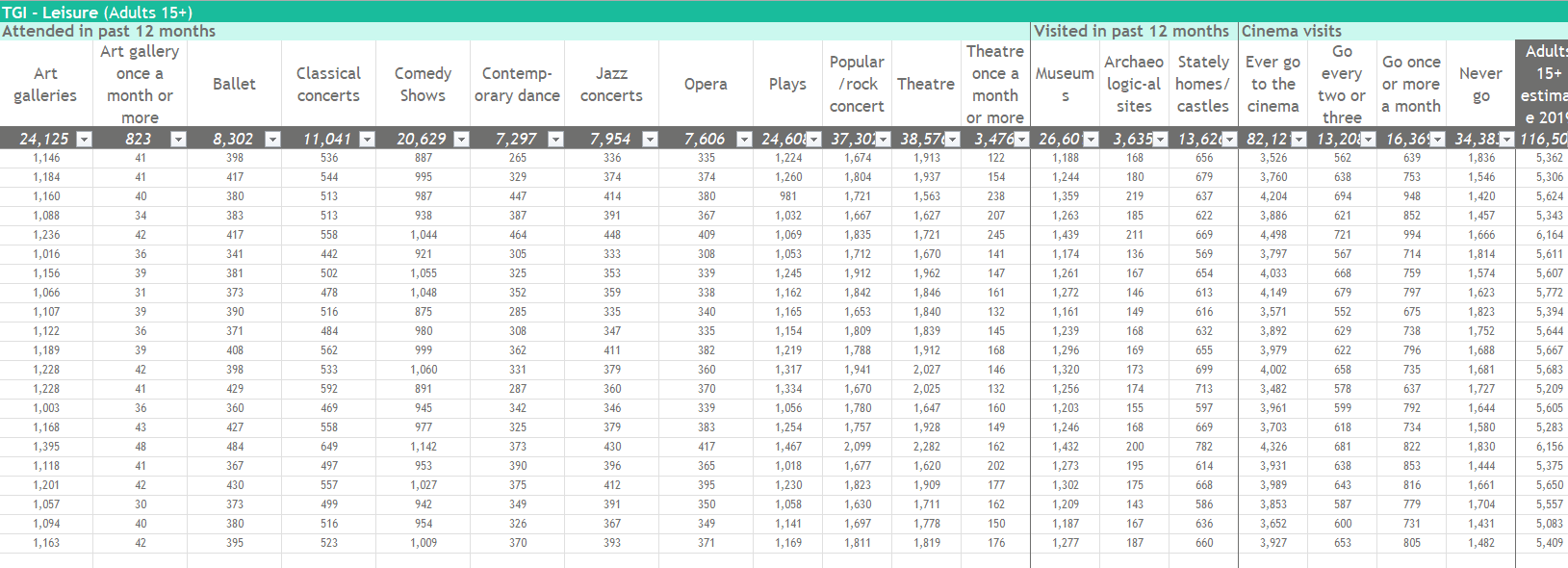

Challenge: Capturing a detailed understanding of populations, interests, locations, assets, partners, and history across 10 cities within a limited timeframe and difficulties in recruitement.
Method Used: Online Ethnography
▸ In response to limited recruitment access, I rapidly pivoted to online ethnography, embedding myself in 23 local Facebook groups and forums across 10 cities.
▸ Built trust and gained access to closed communities via a custom research landing page.
▸ Mapped local narratives around “old vs. new” spaces, public figures, and emotional urban geographies, surfacing rich multimedia content and community insights.
▸ Used findings to identify and engage local creatives, inform recruitment, and guide thematic storytelling.
▸ Tagged and organised data by city, demographic, and theme, matching it with BBC/BFI archives to align research insights with creative production needs.
▸ Built trust and gained access to closed communities via a custom research landing page.
▸ Mapped local narratives around “old vs. new” spaces, public figures, and emotional urban geographies, surfacing rich multimedia content and community insights.
▸ Used findings to identify and engage local creatives, inform recruitment, and guide thematic storytelling.
▸ Tagged and organised data by city, demographic, and theme, matching it with BBC/BFI archives to align research insights with creative production needs.




Field Research and Stakeholder Engagement
✦ Scoped on-the-ground needs with producers, inclusion leads, and tech teams to align research visits with project and logistical requirements — from location scanning to community engagement planning.
✦ Collected data and coordinated consent processes across multiple cities, ensuring findings were structured and shared promptly with relevant teams.
✦ Flagged and resolved potential roadblocks early to keep production and collaboration on track.
✦ Collected data and coordinated consent processes across multiple cities, ensuring findings were structured and shared promptly with relevant teams.
✦ Flagged and resolved potential roadblocks early to keep production and collaboration on track.
Focus Groups
✦ Facilitated 22 focus groups (personally leading 7) using participatory methods like affinity diagramming to co-analyse insights.
✦ Explored perceptions of history, AR technology, and storytelling participation across diverse demographic groups.
Key findings:
– High interest in immersive storytelling when tied to familiar local spaces.
– Strong appeal of AR among younger and neurodivergent participants.
– Concerns about historical accuracy, digital accessibility, and privacy.
– Preference for stories featuring prominent local figures over personal contributions.
– Suggestions to combine AR walking tours with guided introductions for clarity and engagement.
✦ Explored perceptions of history, AR technology, and storytelling participation across diverse demographic groups.
Key findings:
– High interest in immersive storytelling when tied to familiar local spaces.
– Strong appeal of AR among younger and neurodivergent participants.
– Concerns about historical accuracy, digital accessibility, and privacy.
– Preference for stories featuring prominent local figures over personal contributions.
– Suggestions to combine AR walking tours with guided introductions for clarity and engagement.
These insights directly shaped product design, outreach strategy, and accessibility adjustments — ensuring inclusive and culturally resonant experiences.
Data Privacy in VR: Addressing User Concerns
☉ Focus group participants raised strong concerns around data collection in VR and AR — from unease about headset tracking to confusion over app permissions on personal devices.
☉ Common themes included: – Distrust in "always-on" sensors (e.g., microphones, cameras).
– Unclear language around data usage.
– Preference for AR via personal devices, but concern over what’s accessed.
– Unclear language around data usage.
– Preference for AR via personal devices, but concern over what’s accessed.
☉ I compiled these concerns into clear recommendations for production and technical teams, focusing on:
– Minimising unnecessary data collection (e.g., motion tracking in VR).
– Simplifying language around privacy and permissions.
– Suggesting anonymisation techniques for sensitive telemetry data.
– Ensuring GDPR-aligned consent flows and transparency.
– Minimising unnecessary data collection (e.g., motion tracking in VR).
– Simplifying language around privacy and permissions.
– Suggesting anonymisation techniques for sensitive telemetry data.
– Ensuring GDPR-aligned consent flows and transparency.
These inputs helped shape privacy messaging, informed technical trade-offs, and reinforced user trust across the immersive experience — lessons that carry across any context involving sensitive data and emerging tech.
4. Usability Testing of AR Prototypes
★ Conducted guided walkthroughs, task-based testing, and post-experience interviews across four UK cities to evaluate early AR prototypes.
★ Participants engaged with location-based stories through mobile devices, highlighting technical, accessibility, and usability strengths and gaps.
★ Participants engaged with location-based stories through mobile devices, highlighting technical, accessibility, and usability strengths and gaps.
Key design improvements driven by user feedback:
– Simplified UI to support users with lower digital literacy.
– Battery and AR performance optimisations for broader device compatibility.
– Voice narration and haptic cues to improve accessibility.
– Clearer privacy messaging and consent flows to build user trust.
– Battery and AR performance optimisations for broader device compatibility.
– Voice narration and haptic cues to improve accessibility.
– Clearer privacy messaging and consent flows to build user trust.
These iterative insights directly shaped the user experience and accessibility of the AR platform — reinforcing the value of inclusive testing in any digital product development.
Stakeholders Participatory Design Workshops
✪ At the design stage, partners brought conflicting ideas around technologies, asset types, and production workflows — many of which clashed due to technical limitations, resource constraints, or misaligned expectations.
✪ Non-technical stakeholders struggled to fully grasp the production implications of creative ideas. To resolve this, I designed and facilitated “Life of an Asset” — a participatory workshop to align teams through collaborative planning.
✪ Non-technical stakeholders struggled to fully grasp the production implications of creative ideas. To resolve this, I designed and facilitated “Life of an Asset” — a participatory workshop to align teams through collaborative planning.
I created visual tools to bridge the technical/non-technical divide:
◙ Asset journey maps showing how a community-contributed asset moves through production.
◙ Feasibility matrices mapping asset types (e.g. audio, LiDAR) to compatible workflows.
◙ Infographics distilling user insights for easier understanding and application.
◙ Feasibility matrices mapping asset types (e.g. audio, LiDAR) to compatible workflows.
◙ Infographics distilling user insights for easier understanding and application.
The workshop resulted in three validated, co-designed production workflows (for AR stories, immersive installations, and personal narratives), improved cross-functional clarity, and faster decision-making going into the next phase.
Guerrilla Research Pilot
✦ Led a rapid field sprint to test one of the production workflows co-designed in the participatory workshop.
✦ Managed a team across three locations in Brixton, conducting interviews, 3D LiDAR scans, and soundscape recordings.
✦ Delivered assets in production-ready formats (FBX, transcripts, audio), highlighting real-world gaps:
– AR overlays needed better lighting calibration.
– Sound capture and consent workflows required streamlining.
– Field ops improved through clearer team roles and lightweight setup guides.
✦ Managed a team across three locations in Brixton, conducting interviews, 3D LiDAR scans, and soundscape recordings.
✦ Delivered assets in production-ready formats (FBX, transcripts, audio), highlighting real-world gaps:
– AR overlays needed better lighting calibration.
– Sound capture and consent workflows required streamlining.
– Field ops improved through clearer team roles and lightweight setup guides.
The pilot validated what would scale in immersive storytelling — and what needed refining — directly shaping the final production strategy.
3D Location partial scan examples (using lidar Technology)
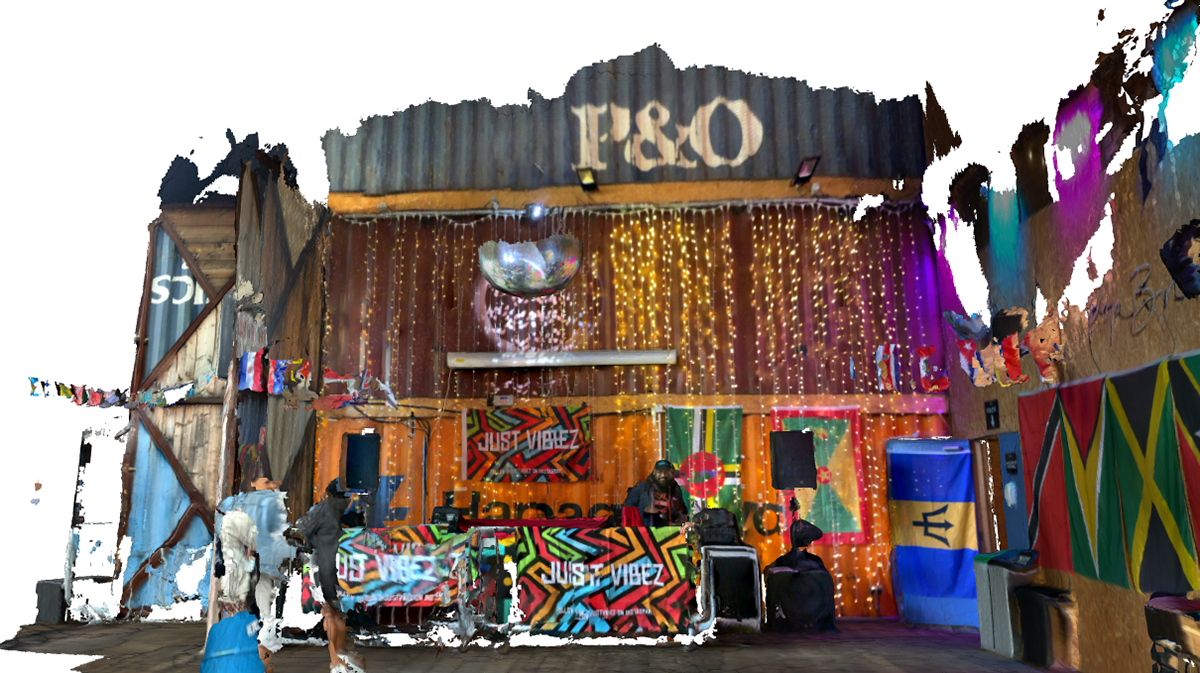
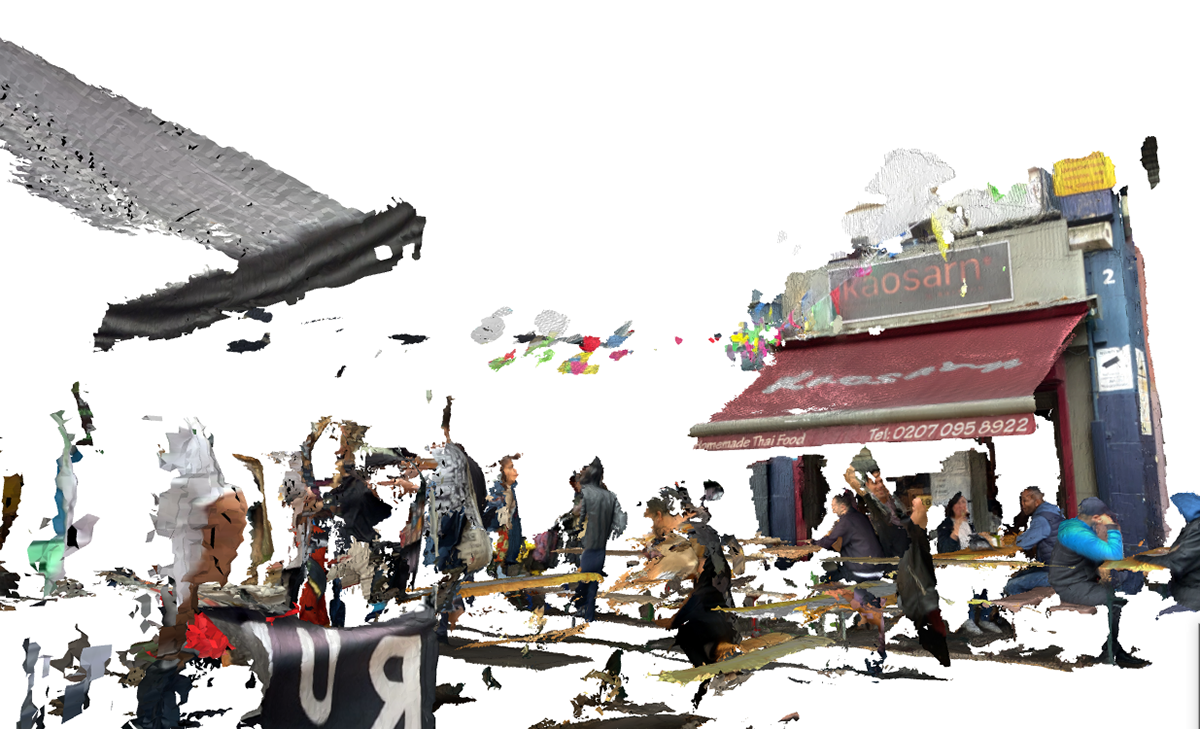
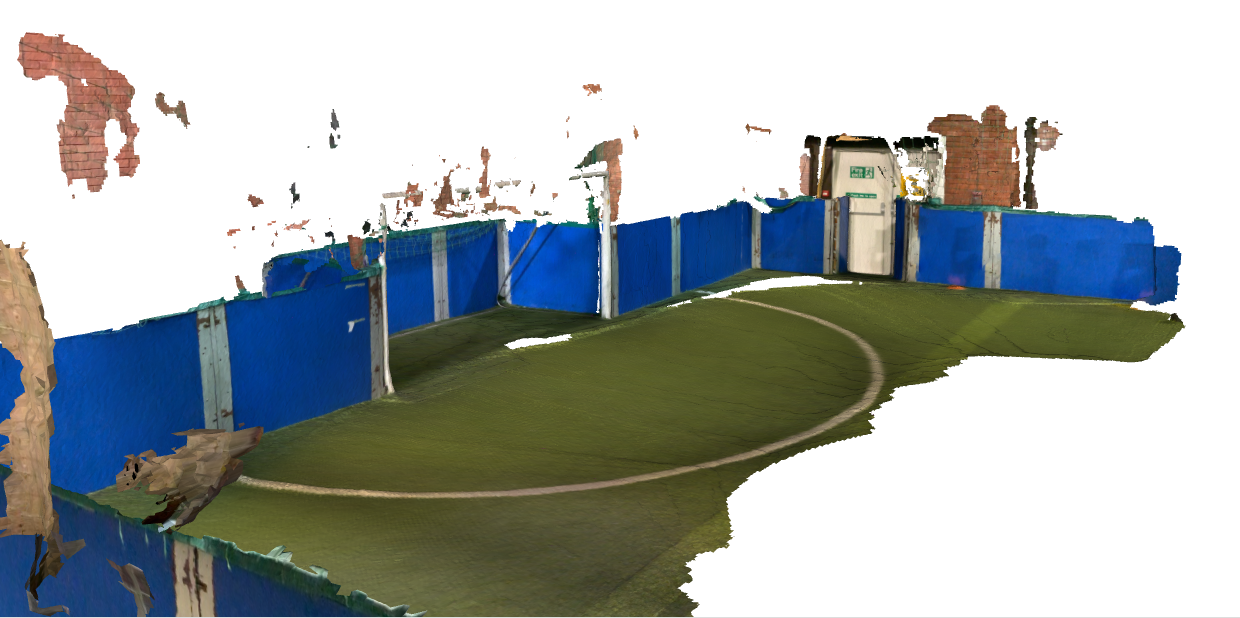
Inclusion Strategy
✦ Designed a project-wide inclusion strategy aligned with partner (BFI, BBC) policies and UK diversity regulations.
✦ Set representation targets: 25% ethnic minorities, 30% working-class, and gender-balanced teams.
✦ Defined “new creatives” as those new to immersive tech, and created clear role criteria with tailored onboarding and training.
✦ Structured creatives into three streams — community, mobile AR, and partner — with scoped responsibilities.
✦ Prioritised recruitment from cultural cold spots using inclusive job circulation and accessible processes.
✦ Set representation targets: 25% ethnic minorities, 30% working-class, and gender-balanced teams.
✦ Defined “new creatives” as those new to immersive tech, and created clear role criteria with tailored onboarding and training.
✦ Structured creatives into three streams — community, mobile AR, and partner — with scoped responsibilities.
✦ Prioritised recruitment from cultural cold spots using inclusive job circulation and accessible processes.
This strategy ensured equitable representation on- and off-screen, and demonstrated my ability to operationalise inclusive recruitment in large-scale, cross-sector projects.
Reflection
This project deepened my practice as a UX researcher — not just in immersive tech, but in designing for inclusion, navigating complexity, and aligning diverse teams around shared outcomes. Working across 10 UK cities, I adapted methods to shifting constraints, turned community insights into strategic decisions, and built research systems that empowered creatives, engineers, and producers alike.
✦ I learned how to balance scale with nuance — designing participatory processes that surfaced local stories while still working across national infrastructure.
✦ I honed my ability to translate between technical and non-technical teams — through visual tools, simplified data communication, and aligned field operations.
✦ I developed systems for inclusive recruitment and storytelling — embedding diversity goals into workflows and working practices.
✦ And I saw firsthand how good research not only shapes products, but builds trust, representation, and real-world impact.
✦ I honed my ability to translate between technical and non-technical teams — through visual tools, simplified data communication, and aligned field operations.
✦ I developed systems for inclusive recruitment and storytelling — embedding diversity goals into workflows and working practices.
✦ And I saw firsthand how good research not only shapes products, but builds trust, representation, and real-world impact.
The lessons from Unboxed continue to guide my approach to UX — whether in civic tech, product design, or emerging technologies.
